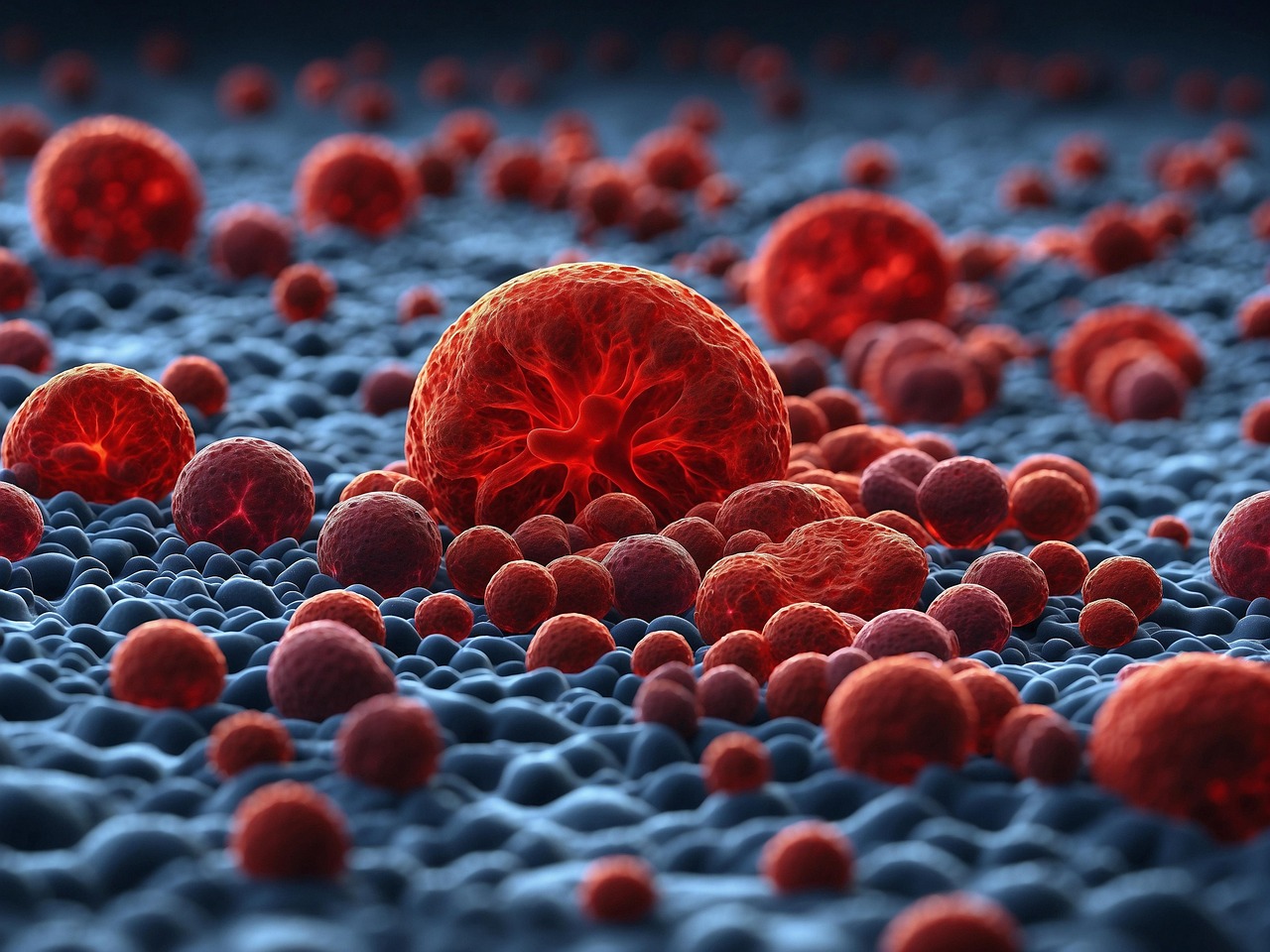Researchers have found a way to wreck cancer cells with something that sounds unrealistic. A team from Rice University, Texas A&M, and the University of Texas built a tool that shakes cancer cells apart using light. These “molecular jackhammers” don’t need chemicals or radiation. They are fast, targeted, and have worked in both lab tests and animal trials.
Cancer cells were torn apart by a molecule that already exists in many hospitals. It is called ‘aminocyanine,’ a synthetic dye used in medical scans. When researchers hit it with near-infrared light, it vibrated at a speed of one trillion times per second, fast enough to tear cancer cell membranes open.
The findings of the study are published in Nature Chemistry.

Freepik | This is a massive discovery because cancer cells often survive drug treatments or adapt over time. It is hard for cancer cells to mutate fast enough to survive being torn open.
Unlike earlier cancer treatments, this one doesn’t rely on heat, chemicals, or radiation. The dye molecules shake hard enough to act like a jackhammer. This physical effect ruptures the cancer cell wall. Once the membrane breaks, the cancer cell can’t survive.
In lab tests, this light-triggered method destroyed 99% of human melanoma cancer cells. The key was the way these dye molecules moved. The light didn't burn or poison the cells; it just caused those molecules to vibrate so fast that the cells broke from the inside.
Lab mice with melanoma tumors were injected with the dye. Then, researchers shined near-infrared light on the tumors. After treatment, 50% of those mice had their tumors completely disappear. That kind of remission after just one round is very rare.
The other mice didn’t fully recover, but still saw tumor shrinkage. That shows this technique works better than most single-dose treatments, even before it has been fine-tuned for regular use.
Near-infrared light can pass through skin, muscle, and even several inches of bone. That makes it ideal for reaching deep tumors without surgery. Most light-based cancer treatments only work near the skin. This one goes up to 10 centimeters deep, making it useful for internal organs and bones.
Lung cancer, brain tumors, and certain bone cancers are tough to reach without cutting someone open. A light-based, non-invasive approach could change how doctors handle those cases.

TheDigitalArtist / Pixabay | Unlike earlier cancer treatments, this one doesn’t rely on heat, chemicals, or radiation.
The dye molecules used in this technique are drawn to the lipid layers in cancer cell membranes, which means they target cancer cells better than normal ones. The light just activates the motion. It is a clean approach, which helps explain why healthy cells stay unharmed during the process.
However, drug resistance is one of the most dangerous traits of cancer. Cells that survive treatment can come back stronger. But it is tough to survive being physically broken. Cancer cells are not likely to develop resistance to something that punches holes in their walls.
This approach may offer long-term benefits, not just a quick fix. If the body doesn’t have to keep fighting off resistant cells, there is a better shot at staying cancer-free.
The amino cyanine dyes used here are already FDA-approved for use in humans for imaging, which is a huge bonus and could speed up the move to human testing. Treatments with new chemicals often face years of safety reviews before reaching trials, but these dyes have already passed that stage for other uses.
Human testing is still a few years away. Safety studies need to prove there are no serious side effects. Scientists also have to confirm it works across different types of cancer, not just melanoma.
